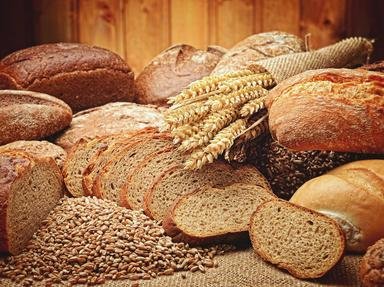Quiz Answer Key and Fun Facts
1. Corn is used as a food product, as a substitute for fuel, as an alcoholic drink and in various other ways. It is also used in the manufacture of a certain type of tourist attraction involving a good sense of direction. What is this?
2. To make white rice appear more visually appealing, it is sometimes buffed up with glucose - or what other unrelated product?
3. Of which top producing grain, cultivated world wide, is common bunt a disease?
4. In which Asian country has barley been a staple food since the fifth century AD?
5. In which continent in particular has sorghum proved to be the grain of life?
6. Which strand of the precious grain millet is the most widely grown throughout the world?
7. We all know that oats are part of the regular diet of horses, but, peculiarly so, which other animal can be commonly fed oat seeds as part of its diet as well?
8. Is buckwheat related to wheat?
9. Fonio is a grain grown widely in Africa and parts of India. What do the folk tales from Mali tell us was created from a single seed of the fonio plant?
10. A disease of rye has been associated with a dark period of America's early history in the Salem witch trials in Massachusetts in 1692. Which disease is this?
Source: Author
Creedy
This quiz was reviewed by FunTrivia editor
ozzz2002 before going online.
Any errors found in FunTrivia content are routinely corrected through our feedback system.


